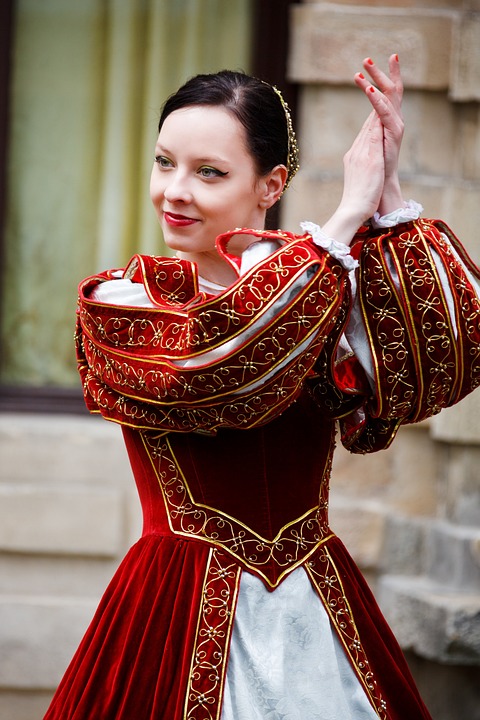Introduction
Alba, a picturesque town located in the heart of Piedmont in Italy, is not only known for its stunning vineyards and delicious truffles but also for its rich history and impressive medieval fortifications. Behind the walls of Alba lies a fascinating world of ancient ramparts, towers, and gates that have stood the test of time for centuries. In this article, we will explore the history and significance of Alba’s medieval fortifications and ramparts.
History of Alba’s Fortifications
Alba has a long and tumultuous history that dates back to Roman times when it was known as “Alba Pompeia.” As the town grew in importance and prosperity, it became a target for invading forces and needed to be fortified to protect its citizens. The first defensive walls were likely built during the Roman era, but the most significant fortifications were constructed during the medieval period.
During the 12th and 13th centuries, Alba’s fortifications were expanded and strengthened to withstand attacks from rival city-states and foreign invaders. The walls were made of stone and brick, with towers strategically placed along the perimeter to provide protection and surveillance. The gates of the town were heavily fortified with drawbridges and portcullises to prevent unauthorized entry.
The Ramparts
One of the most impressive features of Alba’s medieval fortifications is its ramparts. The ramparts were built along the top of the walls and served as a defensive walkway for soldiers to patrol and defend the town. The ramparts were often equipped with crenellations for archers to shoot arrows at approaching enemies and machicolations for dropping hot oil or rocks on attackers.
The ramparts also provided a commanding view of the surrounding countryside, allowing defenders to spot potential threats from afar. In times of peace, the ramparts were used for social gatherings and ceremonies, with musicians and performers entertaining the townsfolk from above.
Exploring Alba’s Fortifications Today
Today, much of Alba’s medieval fortifications still stand, albeit in a slightly altered state. The walls have been partially demolished in some areas to make way for modern buildings, but significant portions remain intact and can be explored by visitors.
One of the best-preserved sections of the fortifications is the western wall, which runs along the outskirts of the town and offers panoramic views of the surrounding vineyards and hills. Visitors can walk along the ramparts and imagine themselves as medieval soldiers defending the town from invaders.
The Towers and Gates
In addition to the walls and ramparts, Alba is also home to several medieval towers and gates that have survived the test of time. The Torre Trussardi, a cylindrical tower located near the market square, was once used as a lookout point for spotting enemies and signaling warnings to the townspeople.
The Porta Ferrata, one of the main gates of the town, is a formidable structure with massive wooden doors and iron reinforcements. The gate is flanked by two guard towers that overlook the main street, creating an imposing entrance to the town.
Significance of Alba’s Fortifications
Alba’s medieval fortifications are not only a testament to the town’s rich history but also serve as a reminder of the importance of defense and security in the medieval era. The walls and ramparts were designed to protect the town’s inhabitants from external threats and to instill a sense of unity and solidarity among the townspeople.
The fortifications also played a crucial role in shaping the town’s urban layout and development. The walls delineated the boundaries of the town and influenced the placement of buildings and streets within the confines of the defenses. The gates served as the main entrances and exits of the town, controlling the flow of people and goods in and out of the city.
Preservation and Restoration Efforts
In recent years, efforts have been made to preserve and restore Alba’s medieval fortifications for future generations to enjoy. The town has invested in the maintenance and upkeep of the walls and ramparts, ensuring that they remain a focal point of the town’s cultural heritage.
Archaeologists and historians continue to study the fortifications to uncover new insights into their construction and use. Excavations have revealed hidden tunnels and chambers beneath the walls, shedding light on the daily lives of the people who lived and worked within the defenses.
Conclusion
In conclusion, Alba’s medieval fortifications and ramparts are a fascinating glimpse into the town’s storied past and architectural achievements. These ancient walls and towers stand as a lasting tribute to the ingenuity and craftsmanship of the people who built them, and continue to inspire awe and admiration in visitors from around the world. By exploring behind the walls of Alba, we can uncover a treasure trove of history and heritage that deserves to be celebrated and preserved for future generations.
